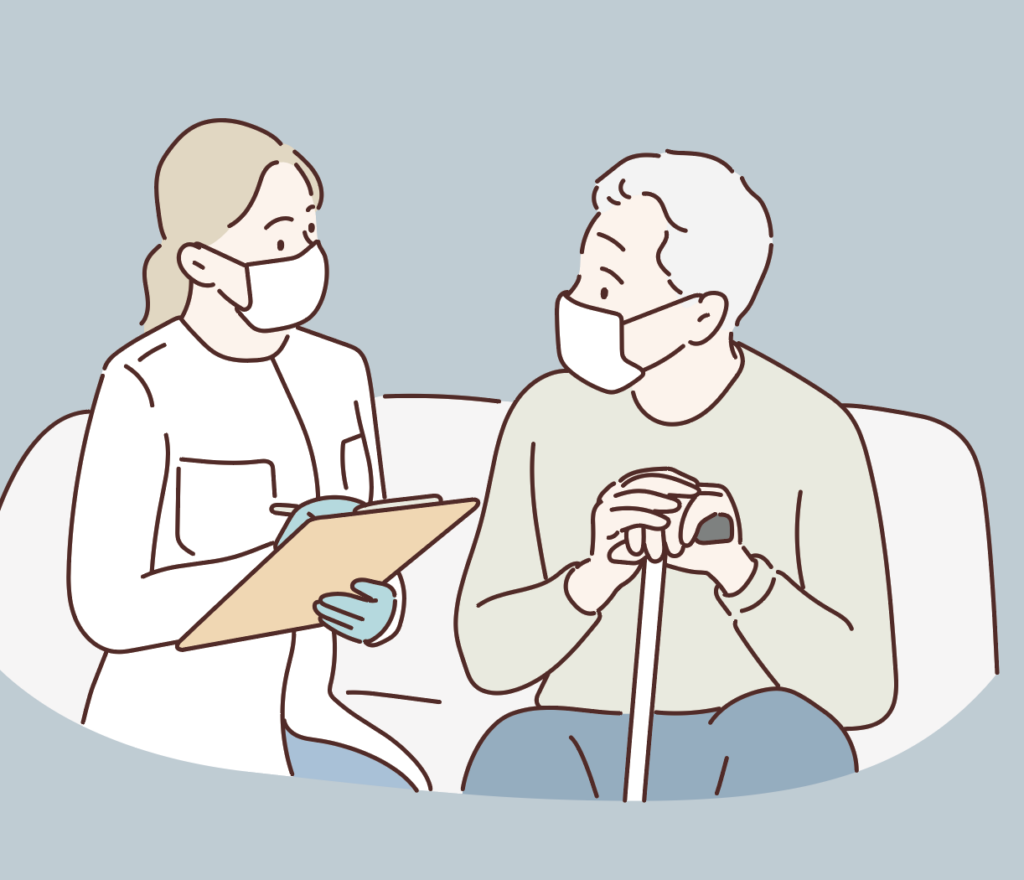Last updated:
Palliative care is specialized medical care focused on providing relief from the symptoms and stress of serious illness. That includes pain and other symptom management, but also family needs, coordination of care, and emotional support.

Unlike hospice, which cares for people just at the end of life, the goal of palliative care is to improve the quality of life for both the patient and family during active treatment, ideally years before the end.

75% of Americans do not know what palliative care is!
Palliative ≠ Hospice
Physicians and patients, alike, often confuse the two, with physicians often telling patients they “aren’t ready for palliative care.” But palliative care is not a “treatment of last resort” reserved for the final weeks or days of a patient’s life. Rather, it can and should be used to improve the years of life with a disease. In fact, palliative care:
- Improves quality of life
- Reduces symptoms of depression
- Lowers likelihood of hospitalization for complications of the disease!
- Improves survival

Most Cancer Doctors Don’t Offer Palliative Care

Only 17% of oncologists surveyed in 2021 followed guidelines for referring patients with metastatic disease to palliative care.
A 2021 survey of oncologists showed that just 17% follow guidelines that recommend they refer a patient with metastatic disease to palliative care—yet these same oncologists acknowledged that early introduction of palliative care leads to better patient outcomes.

At least 12 million adults and nearly 400,000 children in the United States are currently living with a serious illness and could benefit from palliative care.
Why Is the Lack of Palliative Care a Problem?
- Among people aged 70 and older being treated for incurable cancer, 41% believed they had more than five years to live—but only 10% of their oncologists agreed with their estimates. And nearly 60% of patients believed their terminal cancer could go away and never return.
- Patients and families who don’t know a person is dying often aren’t prepared for the storm of decisions or the emotional shift required when active dying begins.
- Data show that people who think their loved one had a bad death have more persistent grief, PTSD, and other mental health challenges.
What You Can Do

- Talk about it!
- Financial incentives and physician training need to improve, but that won’t happen until there is significant pressure to do so. Which means people need to know about the treatment that’s proven to increase the quality and longevity of a patient’s life.
- If 75% of Americans don’t know what palliative care is, there’s a pretty good chance 3 out of 4 writers in your writer’s room don’t know about it, either.
- Put it in your stories. We need stories about the patients who get a new lease on life thanks to palliative care; drama about the obstacles doctors and therapists must navigate to get their patients the care they need.
- By 2034, the United States will have more people over the age of 65 than under the age of 18.
- If doctors aren’t ready to talk about palliative care, then our storytellers have to be. Starting the conversation early is the most important step.

